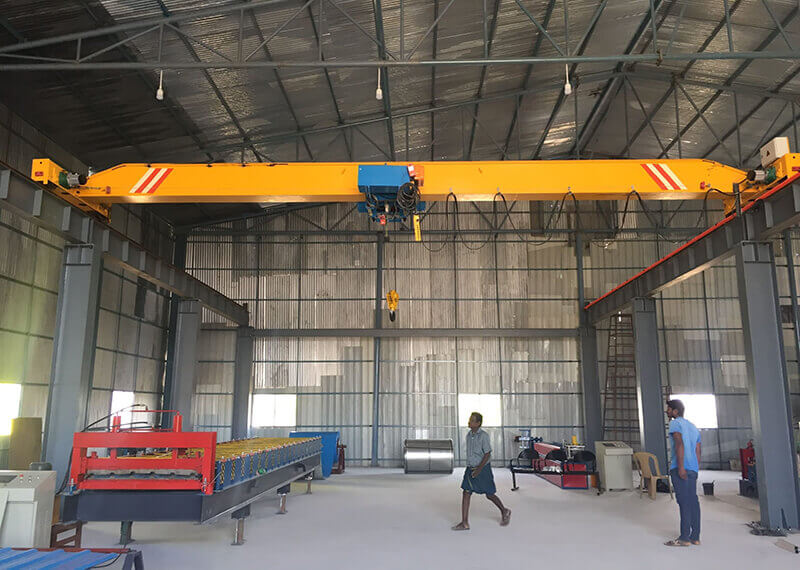
Essential Knowledge For Crane Lifting
Operations
Safety station
It is not safe to work or walk directly under a hanging object, because the hanging object may hit you. In hoisting operations, under the boom, under the hanging object, the area before the object is hoisted, the triangle area of the guide pulley steel rope, around the fast rope, standing on the inclined hook or the force direction of the guide pulley, etc. are very dangerous locations. Therefore, the position of the staff is very important. Not only must you always pay attention, you also need to remind each other, check the implementation, and prevent accidents.
Correct understanding sling safety factor
In hoisting operations, the staff do not have the correct understanding of the safety factor of the sling, and often think that it can be used without breaking, resulting in overweight operations always in a dangerous state.
Be predictable when dismantling
The demolition operation must be foreseeable for the various factors encountered. Estimating the weight of the object, the thoroughness of the cutting, the increased load of the removed part being squeezed, and the forcible lifting of the connection part without inspection are not allowed.
Eliminate erroneous operations
The hoisting operation is different from many constructions. It involves a large area and often uses different units and different types of cranes. Factors such as daily operating habits, performance, and differences in command signals can easily lead to misoperations, so be especially cautious.
Be sure to fasten the lashed object
When lifting and dismantling at a high altitude, "lock" rather than "pocket" should be adopted for the suspended object; measures of "pad" should be adopted for the sharp edges and corners of the suspended object.
The drum rope is not tight
For large lifting and dismantling, the arrangement of steel ropes wound on the drum of a crane or motor-driven winch is loose, causing the fast rope with a large load to be pulled into the rope bundle, causing the fast rope to shake violently and easily lose stability. As a result, may lead to a danger of continued operation and stoppage, unstoppable embarrassing situation.
Improper selection of lifting tools or lifting points
The establishment of lifting tools or the use of pipes and structures as lifting points lacks theoretical calculations. The lifting tools, pipes, and structures estimated by experience have insufficient bearing capacity or insufficient local bearing capacity, one place becomes unstable, resulting in a total collapse.
Unreasonable selection of pulleys and ropes
When setting up the lifting tool, there is insufficient understanding of the change in the rope force of the pulley and the tie pulley due to the change of the fast rope angle, the tonnage of the guide pulley is too small, the rope of the tie pulley is too thin, and the rope is broken after the force is overloaded.
Unloaded sling accidentally suspends objects
There are many accidents happen like this: the lifting work has ended, when the hook is running with an empty rope sling, the sling in the free state pulls the unhooked object or other objects, If the crane operator or commander does not respond in time, it is easy to cause accidents, and such accidents have very bad consequences for operators and cranes.


